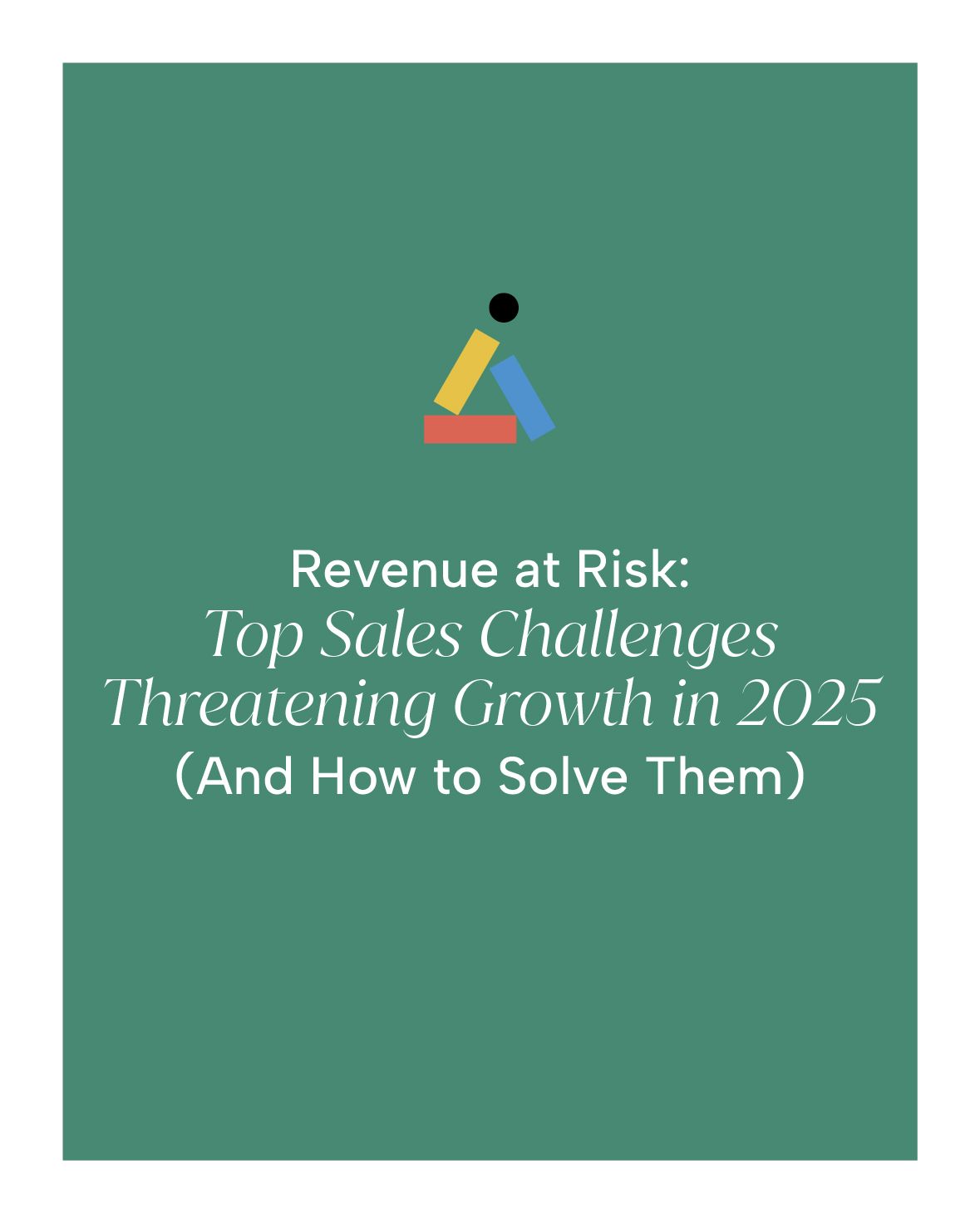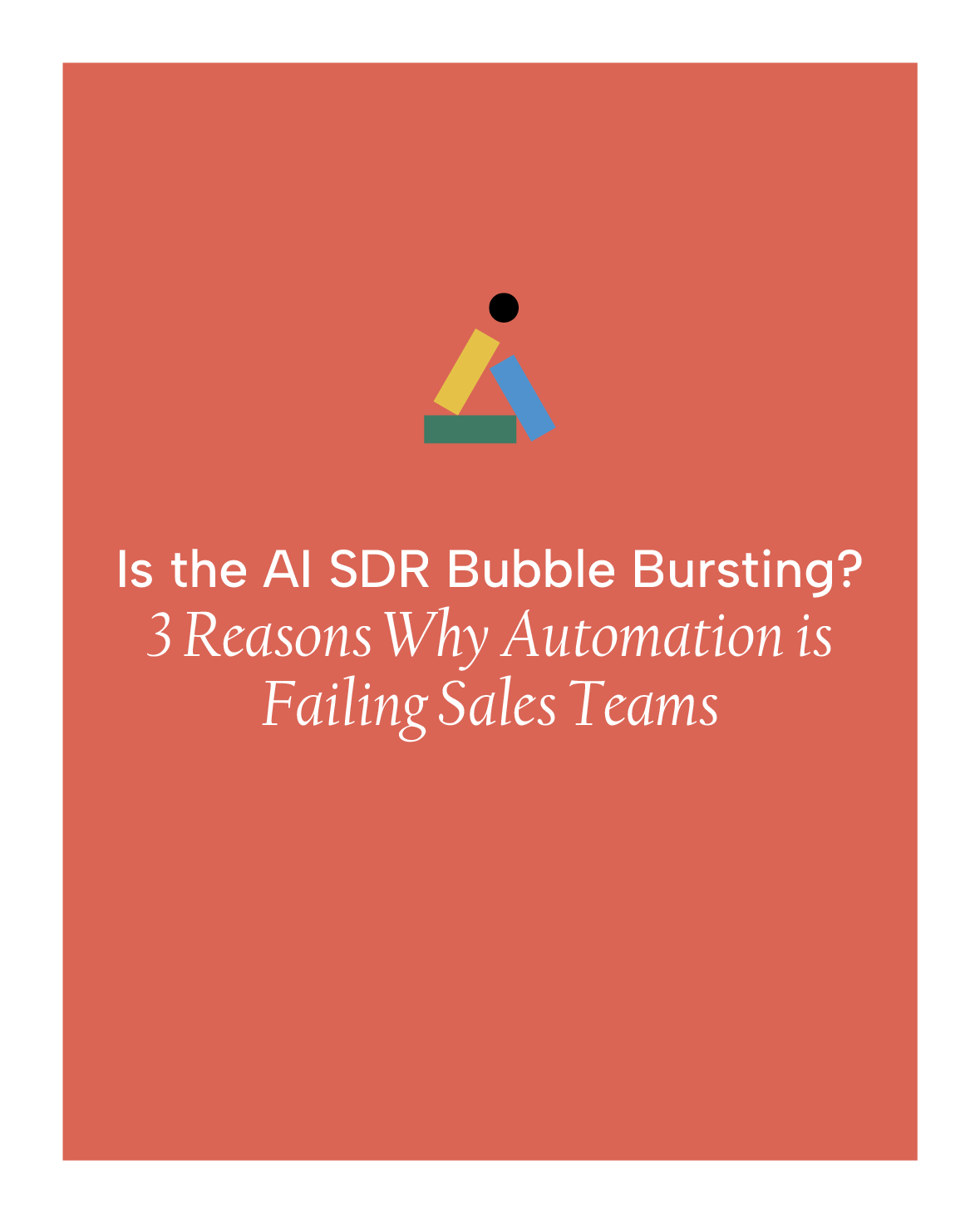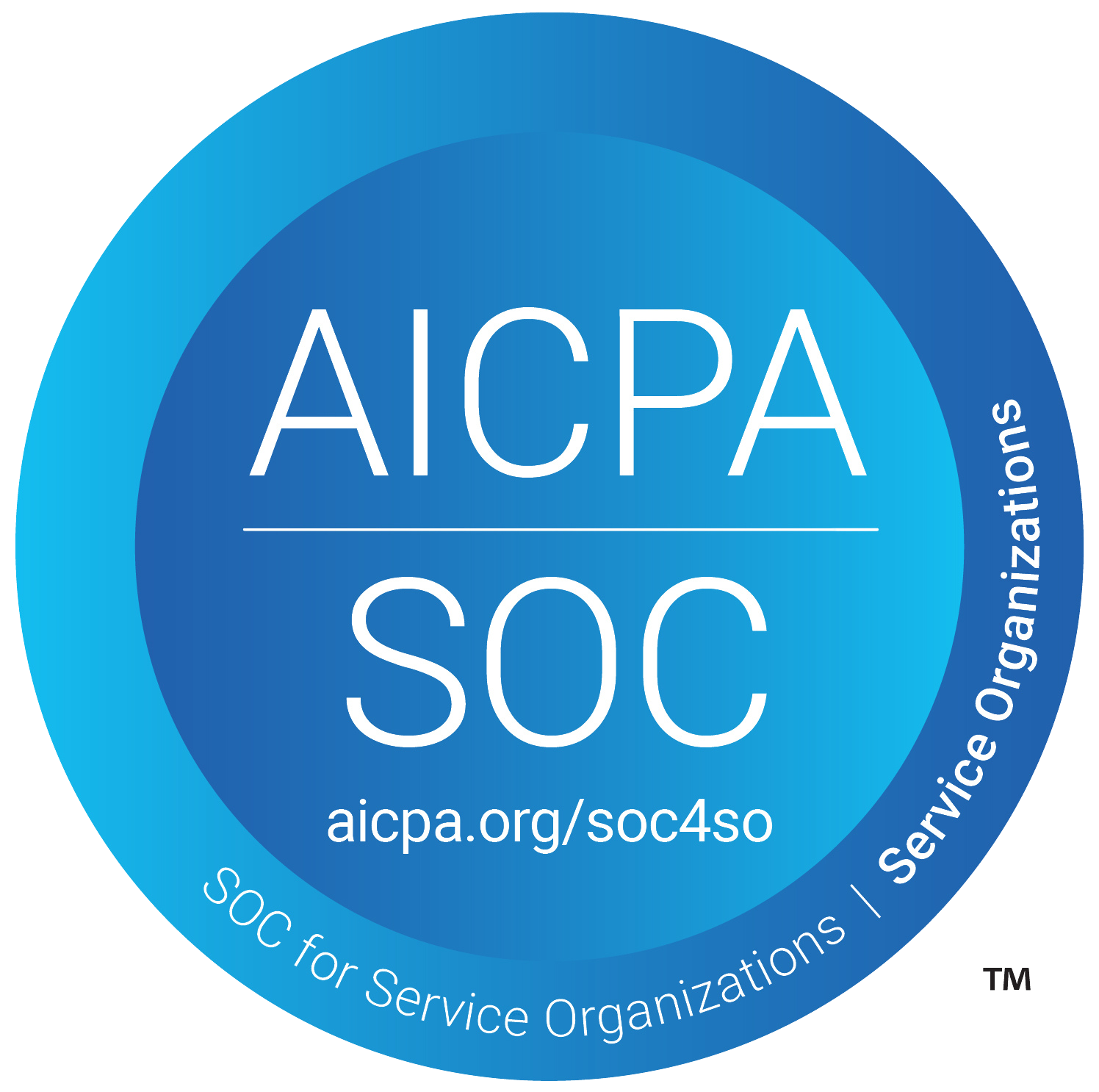Liquid CDP: The Future of Customer Data Management
In the ever-evolving landscape of customer data platforms (CDPs), a new paradigm is emerging that promises to revolutionize how businesses interact with their customer data. Enter the concept of a Liquid CDP, exemplified by Audienz.AI, which offers a more flexible and user-centric approach to data management and segmentation.
The Limitations of Traditional CDPs
Traditional CDPs, including composable solutions like Hightouch, often require businesses to conform their data to predefined models. This approach, while structured, can be rigid and time-consuming. It typically involves:
- Connecting various data sources to the CDP
- Mapping these sources to a fixed data model within the platform
- Building segments based on this predetermined model
While this method provides consistency, it can limit the agility and responsiveness of marketing teams, especially when dealing with diverse or rapidly changing data landscapes.
The Liquid CDP Advantage
Audienz.AI's Liquid CDP takes a fundamentally different approach, offering several key advantages:
Dynamic Data Modeling
Instead of forcing data into a rigid structure, a Liquid CDP adapts to the user's needs. It dynamically builds a model based on the specific segmentation requirements of each task. This flexibility allows for:
- Faster implementation and time-to-value
- Easier adaptation to changing business needs
- More intuitive use by marketing professionals
User-Centric Design
With a Liquid CDP, the focus shifts from data administration to data utilization. Users can directly interact with their data without needing to understand complex data models or relying heavily on IT support. This empowers marketers to:
- Create segments more intuitively
- Respond quickly to market trends
- Experiment with different data combinations easily
Seamless Data Integration
The "liquid" nature of this CDP allows for effortless merging of various data sources. Unlike traditional CDPs that require extensive mapping and reconciliation, a Liquid CDP can:
- Automatically blend data from multiple sources
- Adapt to new data sources without restructuring
- Provide a more holistic view of the customer
Enhanced Agility and Innovation
By removing the constraints of fixed data models, a Liquid CDP enables businesses to:
- Quickly test new segmentation strategies
- Easily incorporate new data types or sources
- Adapt to changing customer behaviors and market conditions
Real-World Impact
The benefits of a Liquid CDP translate into tangible business outcomes:
- Faster Time-to-Insight: Marketers can create and act on segments in minutes rather than days or weeks.
- Improved Customer Understanding: The ability to fluidly combine data sources provides a more comprehensive customer view.
- Increased Marketing Efficiency: Less time spent on data management means more time for strategic marketing activities.
- Enhanced Personalization: More flexible segmentation allows for highly targeted and personalized customer experiences.
Conclusion
As businesses continue to grapple with increasing volumes and varieties of customer data, the need for more flexible and intuitive data management solutions becomes critical. Audienz.AI's Liquid CDP represents a significant leap forward in this domain, offering a more adaptable, user-friendly approach to customer data management.By embracing the Liquid CDP concept, businesses can unlock the full potential of their customer data, empowering their marketing teams to create more effective, personalized, and timely customer experiences. In an era where agility and customer-centricity are key to success, the Liquid CDP stands out as a powerful tool for businesses looking to stay ahead in the competitive landscape of modern marketing.
share this
Related Articles











